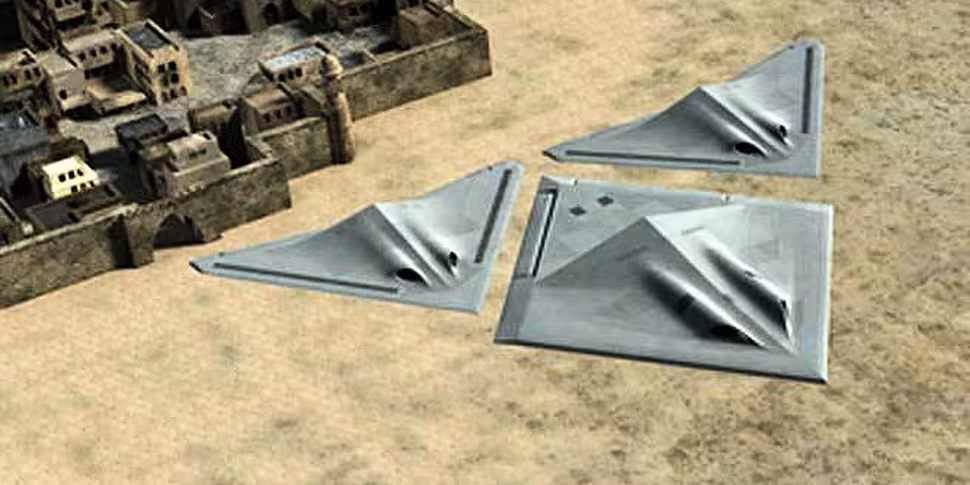Energy beams that can destroy missiles and vehicle parts that can heal themselves are among the features that could be incorporated into aircraft within 25 years.
Scientists and engineers at BAE Systems have unveiled some of the cutting-edge technologies that could be commonplace on civil and military aircraft by 2040.
They include 3D printers that are so advanced they can print drones during a mission, aircraft parts that can heal themselves, a long-range aircraft which divides into several smaller aircraft when it reaches its destination, and a weapon that could engage and destroy missiles at the speed of light.
The examples are among the concepts currently being looked at by the BAE research team, which had a budget of €147.3 million (stg£117m) in 2013.
Nick Colosimo, from the research and development team, said "Of course we don't know exactly what sorts of aircraft technologies will be used in 2040 with any certainty, but it's great to be able to show the public some concepts that might be possible through projecting where today's technology could get to".
On-board 3D printing would see designs fed to them by a remote control room where a human commander decides what should be produced during a mission.
The firm also showed-off a flexible aircraft system which combines smaller jets for efficient air travel, before they split apart at the destination to adapt to various scenarios - such as surveillance or combat.
The energy-beam weapon is called a director energy system. It is a futuristic attachment weapon for aircraft that is capable of firing a concentrated beam of energy at the speed of light.
They are already in use on battlefields to protect ground troops from incoming projectiles such as missiles or mortars. BAE also detailed how aircraft could one day heal themselves from damage sustained in flight.
A lightweight adhesive fluid inside a pattern of carbon nanotubes would be released when outer material is damaged to quickly "set" mid-flight, providing a temporary fix.
Watch them in action below:









